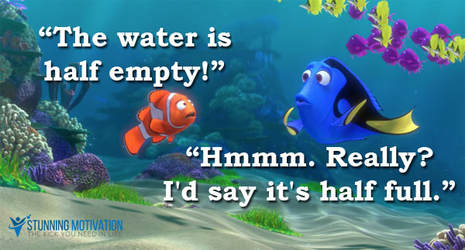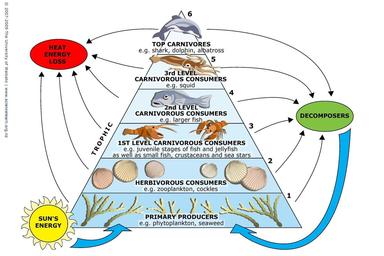TEXTBOOK: INTRODUCTION TO MARINE BIOLOGY
Karleskint, G., Small, J.W., & Turner, R. (2010). Introduction to Marine Biology (4th ed.). Stamford, CT: Carnegie Learning. ISBN-13: 978-0030741913
Karleskint, G., Small, J.W., & Turner, R. (2010). Introduction to Marine Biology (4th ed.). Stamford, CT: Carnegie Learning. ISBN-13: 978-0030741913
ESSENTIAL QUESTIONS
1. What is Marine Biology?
2. Why is it important of study Marine Biology?
3. What role do marine laboratories play in Marine Biology?
4. How do Marine Biologists do science?
5. What factors determine where marine organisms live?
6. How does the physical environment affect marine organisms?
7. How does the growth of marine populations regulated?
8. What determines the characteristics of marine communities?
9. How does energy flow affect the function of an ecosystem?
1. What is Marine Biology?
2. Why is it important of study Marine Biology?
3. What role do marine laboratories play in Marine Biology?
4. How do Marine Biologists do science?
5. What factors determine where marine organisms live?
6. How does the physical environment affect marine organisms?
7. How does the growth of marine populations regulated?
8. What determines the characteristics of marine communities?
9. How does energy flow affect the function of an ecosystem?
|
VOCABULARY
UNIT 1 VOCABULARY |
SCIENCE & MARINE BIOLOGY
(CHAPTER 1)
(CHAPTER 1)
|
DAY 1: COURSE INTRODUCTION
SYLLABUS - HONORS SYLLABUS- STANDARD STUDENT INFO FORM |
VOCABULARY
CHRLES DARWIN, LOUIS AGASSIZ, EDWARD FORBES, ARISTOTLE, ALEXANDER AGASSIZ, PLINY, ALISTAIR HARDY, CHARLES WYVILLE THOMSON, VICTOR HENSEN, FRIDTJOF NANSON |
FUNDAMENTALS OF ECOLOGY
(CHAPTER 2)
(CHAPTER 2)
|
DAY 3: INTRO TO MARINE ECOLOGY
NOTES-CH2-Marine Ecology Guided Notes-CH2-Marine Ecology Silent Ocean - Standard HONORS
Silent Ocean-Honors DAY 4: POPULATIONS & ENERGY FLOW
NOTES-CH2-Populations&EnergyFlow Guided Notes-CH2-Populations & Energy Flow Symbiotic Relationships HONORS
Predator/Prey |
|
DAY 5: BIOGEOCHEMICAL CYCLES
NOTES-CH2-Biogeochemical Cycles & Biosphere
Guided Notes-Biogeochemical Cycles & Biosphere
Carbon Cycle Game
NOTES-CH2-Biogeochemical Cycles & Biosphere
Guided Notes-Biogeochemical Cycles & Biosphere
Carbon Cycle Game
HONORS
Disruptions in the Cycle
Disruptions in the Cycle
|
|
|
|
KAHOOT-MS Unit 1 Test Review
|
DAY 7: UNIT TEST

